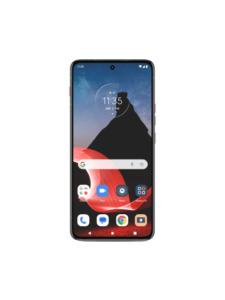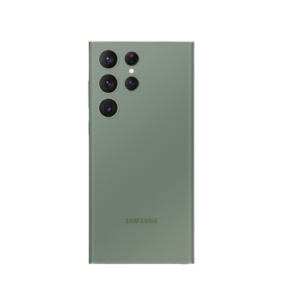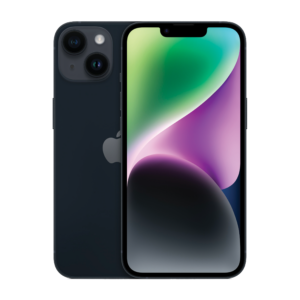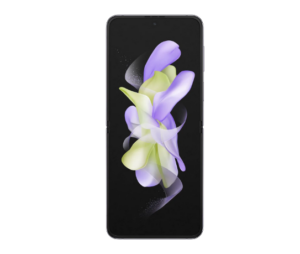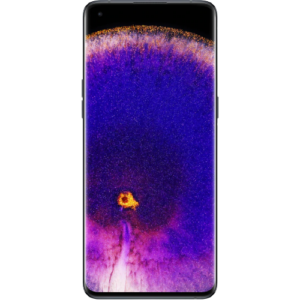Motorola's business-grade smartphone gives you a lot to think about.
The first ThinkPhone has standout hardware at a great price
The Motorola Razr was once one of the most recognisable phones in the world, but the brand behind it has lost its edge in recent times. For all their faults and feats, Motorola's mid-range, budget-friendly and high-end devices tend to look a lot like everything else.
Given the similarities between this struggle to stand out and the one faced in the laptop market by its parent company, the choice to tag in the ThinkPad brand isn't just a natural move. It's the obvious one. The only surprising part is that it's taken this long.
What's here isn't record-setting, even if it is recognisable. The ThinkPhone doesn't do all that many things you've never seen before, but a cohesive vision works to bind together those proven ideas into a package that's greater than the sum of its parts.
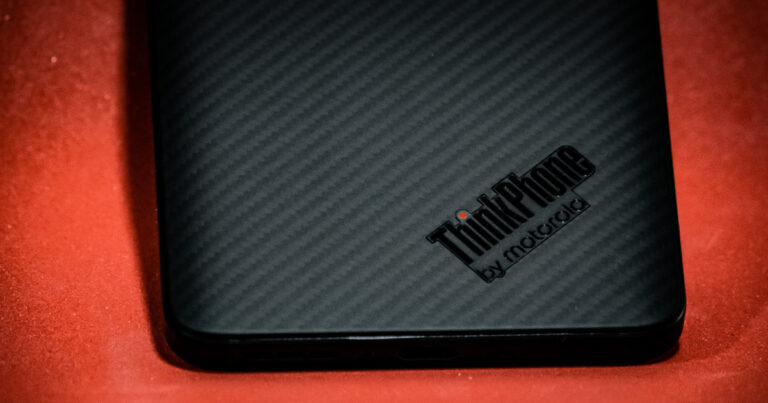
How much does the ThinkPhone cost in Australia?
In Australia, the ThinkPhone will be available at launch at a recommended retail price of $999. The device will be available in a single size and colour (Carbon Black), which comes kitted out with 256GB of onboard storage.
While the specs here aren't as boundary-pushing as something like the Samsung Galaxy S23 Ultra, the windfall to affordability is all the more compelling as a result. The ThinkPhone has business-class looks, but an asking price that doesn't weigh it down all that much.
Still, you might be able to save even if you shop around. Check out the table below for a round-up of the best ThinkPhone deals.
Motorola ThinkPhone - Design and features
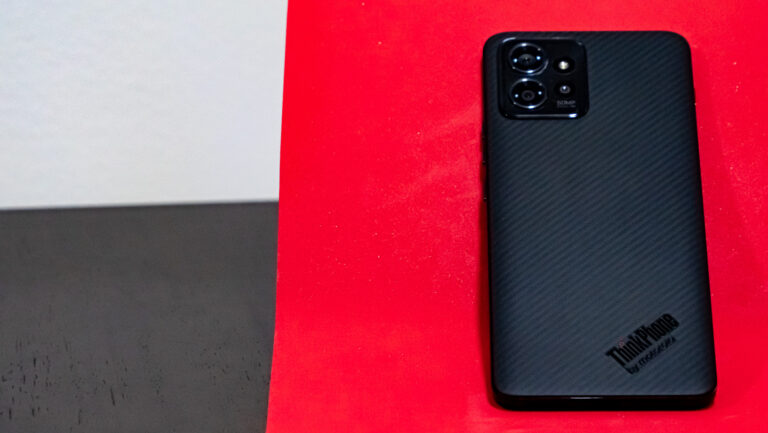
Much as the name might imply, the Motorola ThinkPhone looks like a hybrid between last year's Motorola Edge 30 Fusion and one of Lenovo's ThinkPad laptops. The front-facing side of the device looks like anything else. The palm placing one is all work and no play, with texture and a color palette that echoes that of its namesake.
The back of the ThinkPhone comes wrapped in aramid and aluminum. Smooth edges give the device a feel factor that emphasizes durability as much as desirability.
On top of the usual IP68 rating that you'd expect to see in a smartphone at this price point, Motorola is also talking up the fact that the first-ever ThinkPhone achieves a similar level of ruggedness to that of the ThinkPad laptop line.
Personally, I don't put too much stock in military-grade testing. But if you're someone who does, it's worth noting that the ThinkPhone is rated MIL-STD 810H rather than the usual MIL-STD 810G.
Finally, there's the Red Key. Modelled after the ThinkPad's iconic Red Dot, this extra input can be used as a shortcut for pausing music, recording audio or launching into any app. Shortcut keys have come in and out of favour among Android manufacturers over the years. The version of this feature found here is well implemented on a visual and design level, but hardly different from past efforts in any physical sense.
It's also far from the only direct tie that the ThinkPhone has to Lenovo's broader ThinkPad ecosystem. The former is preloaded with a suite of mobile-to-PC integrations branded Think 2 Think. These include things like faster hot-spotting, a unified clipboard, shared notifications and the ability to quickly and easily turn the ThinkPhone into a webcam.
If you've spent much time researching or using a modern Android device that isn't made by Google, it's likely there's nothing here that you haven't seen before. That said, it's well-executed for what it is. If you're looking for a smartphone that plays nice with your ThinkPad in the way that Apple's iPhones pair to a MacBook, this gets pretty close to that.
Of course, the screen on the front-facing side of the ThinkPhone is no match for the Super Retina XDR display found on Apple's latest iPhone. It's reasonably sharp and colourful in the ways you'd expect a pOLED panel to be, but it rarely graduates from pretty sweet to premium proper.
Fortunately, the display on the ThinkPhone is clocked at 144Hz. As much here as elsewhere, this inclusion makes scrolling through apps feels smooth and responsive. All 6.6 inches of screen here are coated in Gorilla Glass Victus-grade protection, which is always nice to see.
There's also a fingerprint sensor built into the display, though I found that the latter was pretty hit-and-miss.
Comparing the inaugural ThinkPhone to Apple's latest and greatest might seem a little bit unfair, but the reality is that that's probably what most consumers are probably going to do. Bringing a globally-recognised brand like ThinkPad into the conversation means both a bigger spotlight and additional scrutiny. And when it comes to smartphone photography, it doesn't seem like the ThinkPhone will put the screws to the likes of the iPhone 14 anytime soon.
The back of the ThinkPhone is built around a 50MP main camera, a 13MP ultrawide one and a 2MP depth sensor. The front-facing side fields a sole 32MP selfie shooter.
In practice, I found that the ThinkPhone's optical arsenal wasn't quite as jaw-dropping in its capabilities as that of a recent flagship device like the Samsung Galaxy S23 Ultra. While there are some algorithms at work inside the camera, the difference those post-processing techniques make isn't as profound or noticeable here as it is with either a Google Pixel or the latest Apple iPhone.
The fact you're stuck with two lenses, neither of which is telephoto, also limits the usability of shots that can be taken at a distance. I was able to take some good snaps from time to time, but mostly in situations that tended to play to the strengths of most modern smartphone cameras.
After a week or two of messing with it, my takeaway would be that the ThinkPhone's camera is a little better than the average Android camera. However, it's rarely great at anything outside its comfort zone.
When it comes to well-lit environments and static subjects, the camera on the ThinkPhone will suffice. If the lighting isn't right or the subject moving fast, you may struggle to produce anything worth sharing on social media.
Take a look at the gallery below for yourself to get a sense of what the ThinkPhone's camera can do.
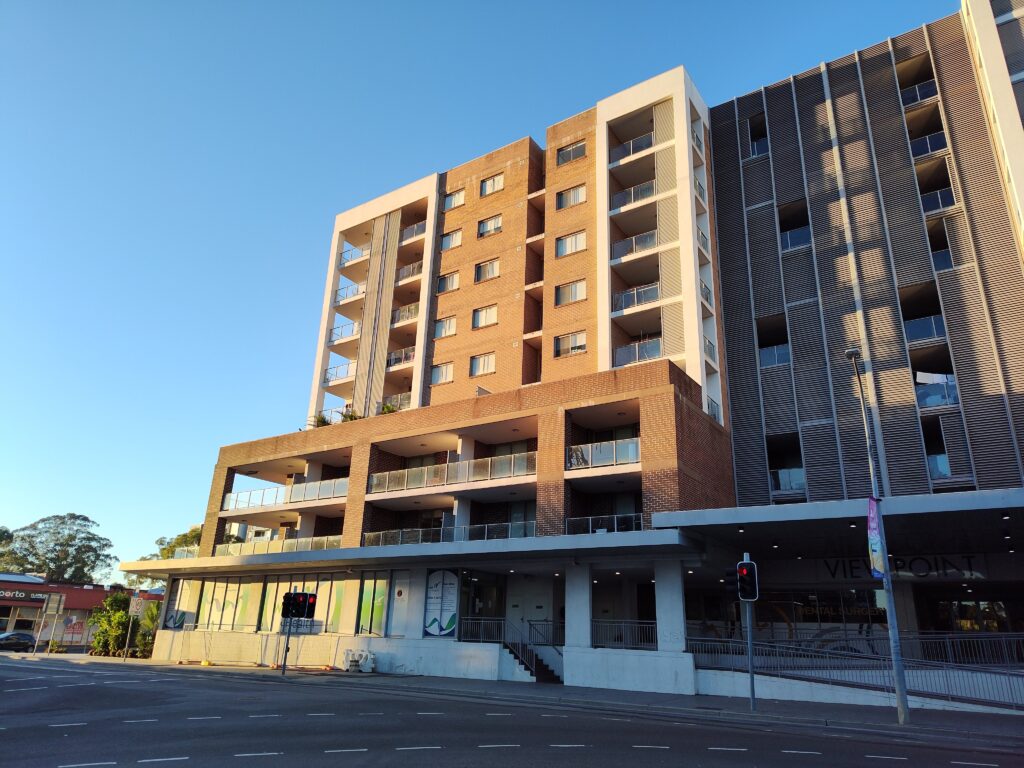



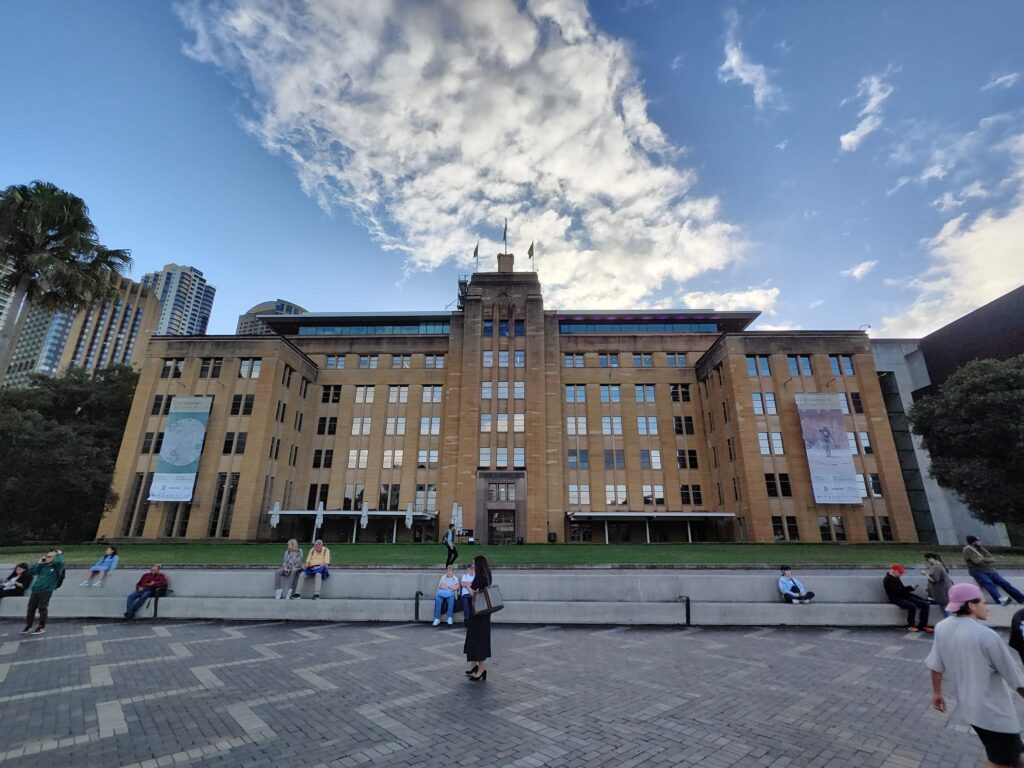


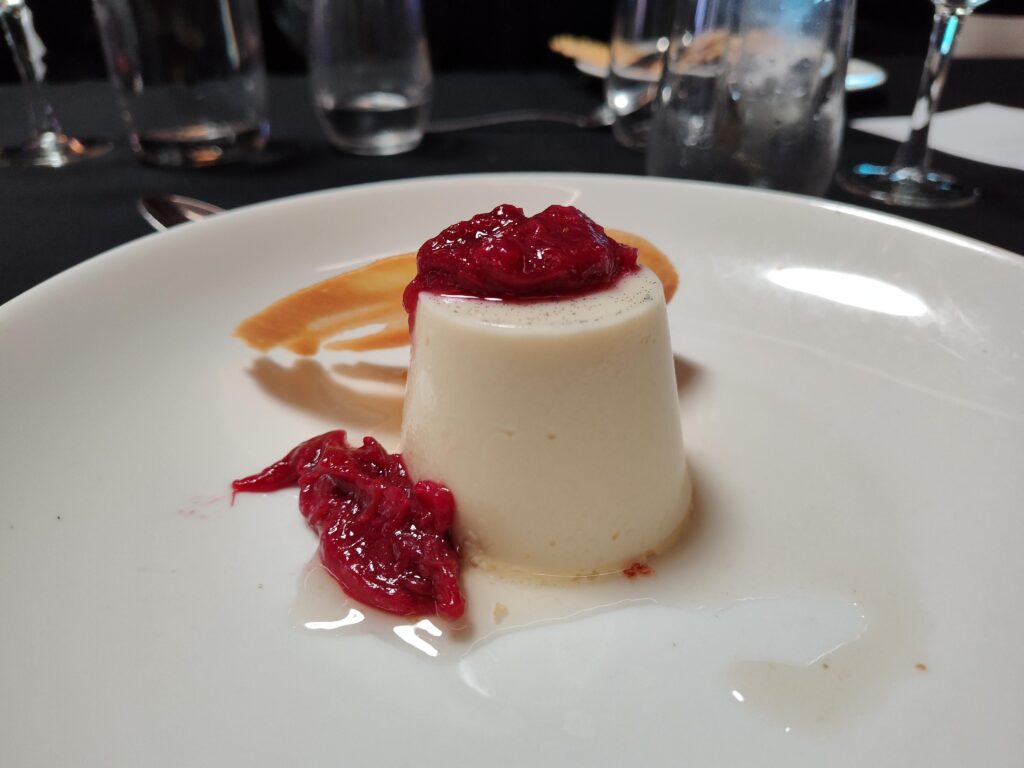

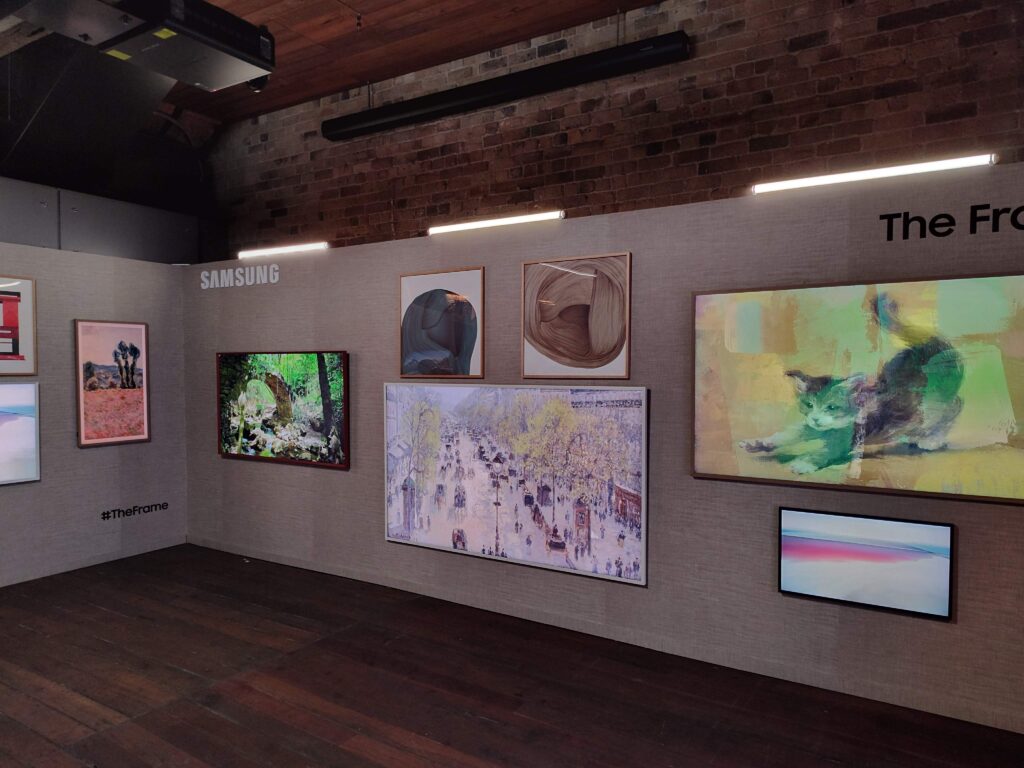










ThinkPhone - Performance and battery life
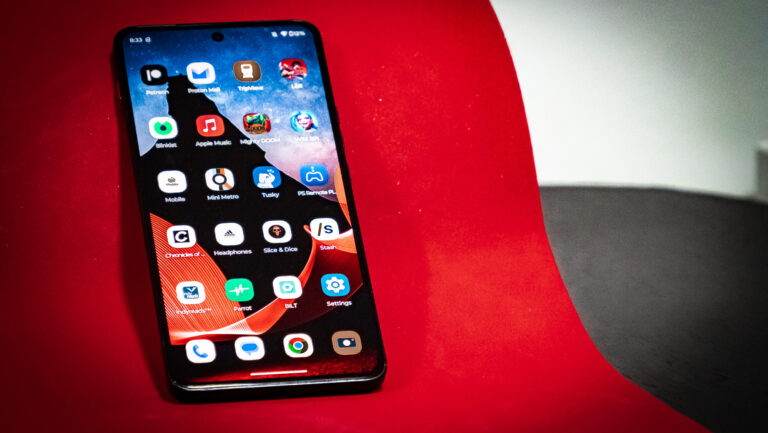
Spec-wise, Motorola has armed the ThinkPhone with last year's Snapdragon 8 Gen 1+ processor, a 5000mAh battery, 8GB of RAM and 256GB of onboard storage. That rap sheet doesn't tell the story, but it does tell a lot of it.
The performance isn't on par with the likes of this year's Samsung Galaxy S23, but it is a little better than the likes of last year's Galaxy S22. It's not quite on the cutting edge, though it's in the same ballpark.
From day to day, the ThinkPhone feels really responsive to use. Applications loaded fast, and the device never hitched during multitasking. Aside from callouts like the Red Key and Think 2 Think, the ThinkPhone runs on a stripped-back version of Android 13. It's light on bloatware, though not to the same degree as something like the Google Pixel 7.
If you fancy squeezing in a few rounds of Fortnite, Diablo Immortal or Marvel Snap between boardroom meetings, then this device absolutely has the right parts for it. The processor inside the ThinkPhone is still one of the best you can find in an Android phone. Add to that a 144Hz refresh rate and OLED screen, and you've got the right foundations of a great mobile gaming device.
As for battery life, the 5000mAh you have to work with here mostly delivers the goods. The ThinkPhone supports up to 68W fast charging via USB Type-C and 15W wireless charging via Qi.
In practice, I'd be able to make it a solid two days of using the ThinkPhone on a single charge. Usually, this worked out to be around 11 or 12 hours of screen time. Burned down from a full charge to 0% by video streaming via YouTube, the Motorola ThinkPhone lasted 15 hours and 27 minutes.
ThinkPhone versus Google Pixel 7
At $999, there's a case to be made that the most natural competition for the Motorola ThinkPhone is the standard Pixel 7. Google's latest flagship doesn't have the built-for-business looks of the former, but if you're looking to spend this much on an Android smartphone then there's a lot to like about it.
Google's Tensor 2 processor isn't a match for Apple's A15 Bionic. However, it's a much closer competitor to the Snapdragon 8 Gen 1+ inside the ThinkPhone. Besides that hardware and the easy-to-like design, the biggest selling point for the Pixel over the ThinkPhone is that buying a Pixel 7 means getting your hands on the vaunted Pixel camera.
If you care more about photography than business-grade looks, then the argument is easy to make here. If you don't, then the ThinkPhone is probably one of the best Android-based alternatives to the Pixel out there. It might not cost you a cent more, and the durability-oriented design choice might last you better in the long run.
Is the ThinkPhone worth buying?
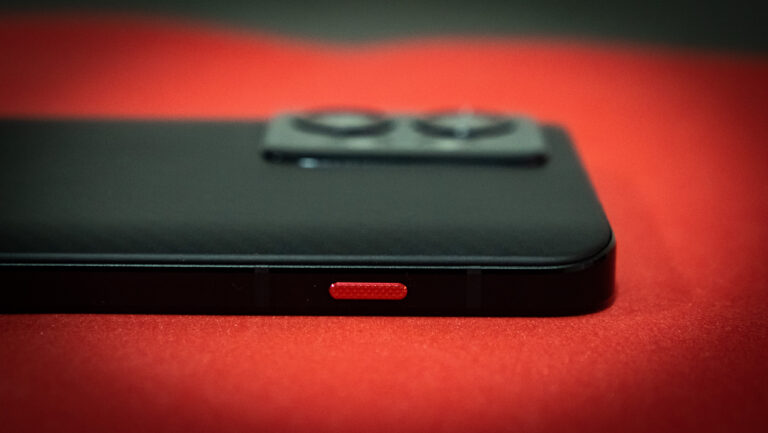
If the obvious alternatives aren't up to par, the Motorola ThinkPhone is a solid and straightforward business-grade smartphone. It's got all the bells and whistles you'd expect given the brand in question, but a premium price that's surprisingly modest given the circumstances.
While it won't suit everyone, the ThinkPhone is a standout realisation of most of what it could be. It doesn't bring all that many new ideas to the table, nor does it have the hardware needed to rise to the highs of category-leading devices. All the same, it applies the lessons learned from the ThinkPad line to great effect.
Much like its namesake, the Motorola ThinkPhone doesn't try to reinvent the wheel but manages to be a very good wheel all the same.
Related Articles




